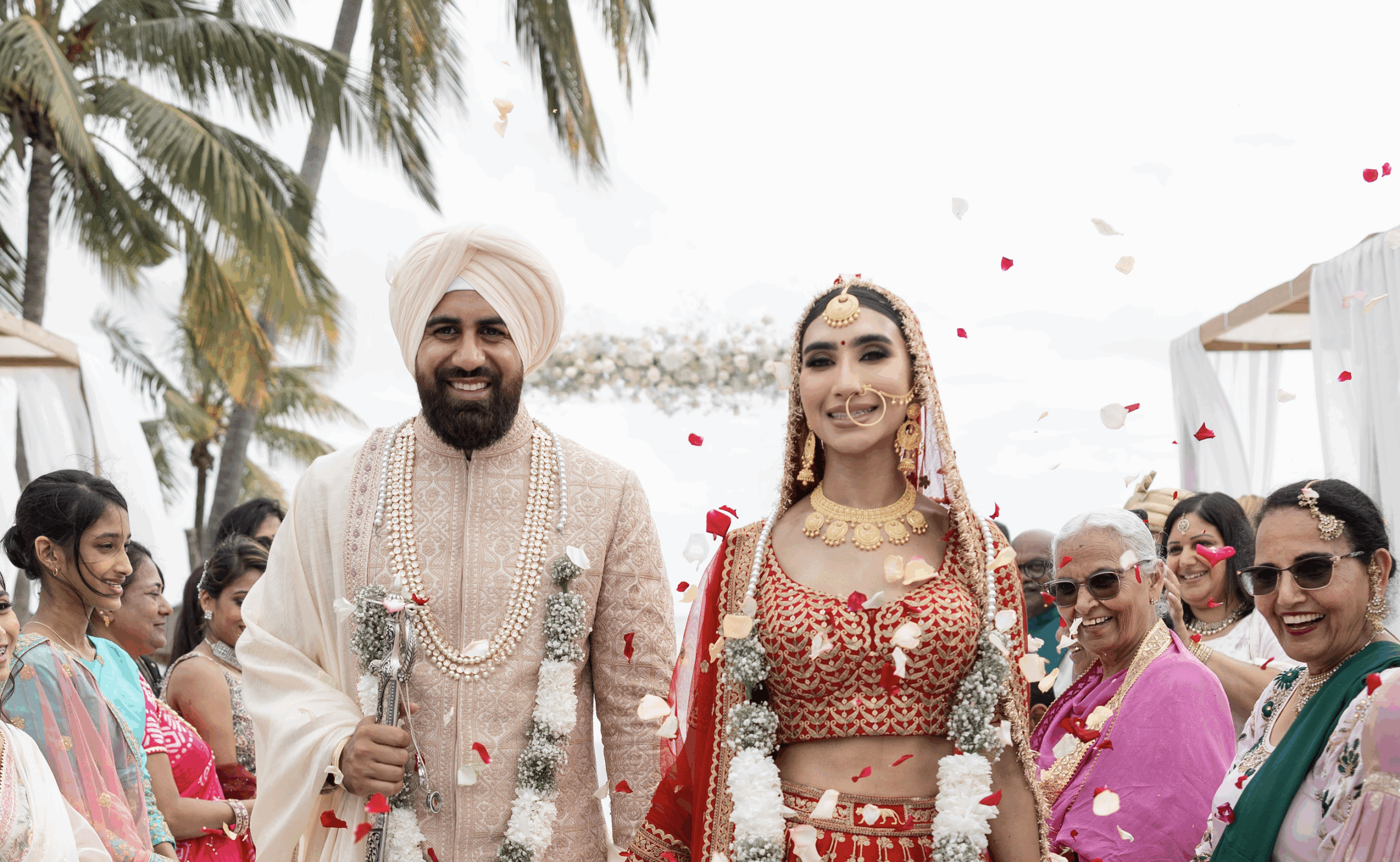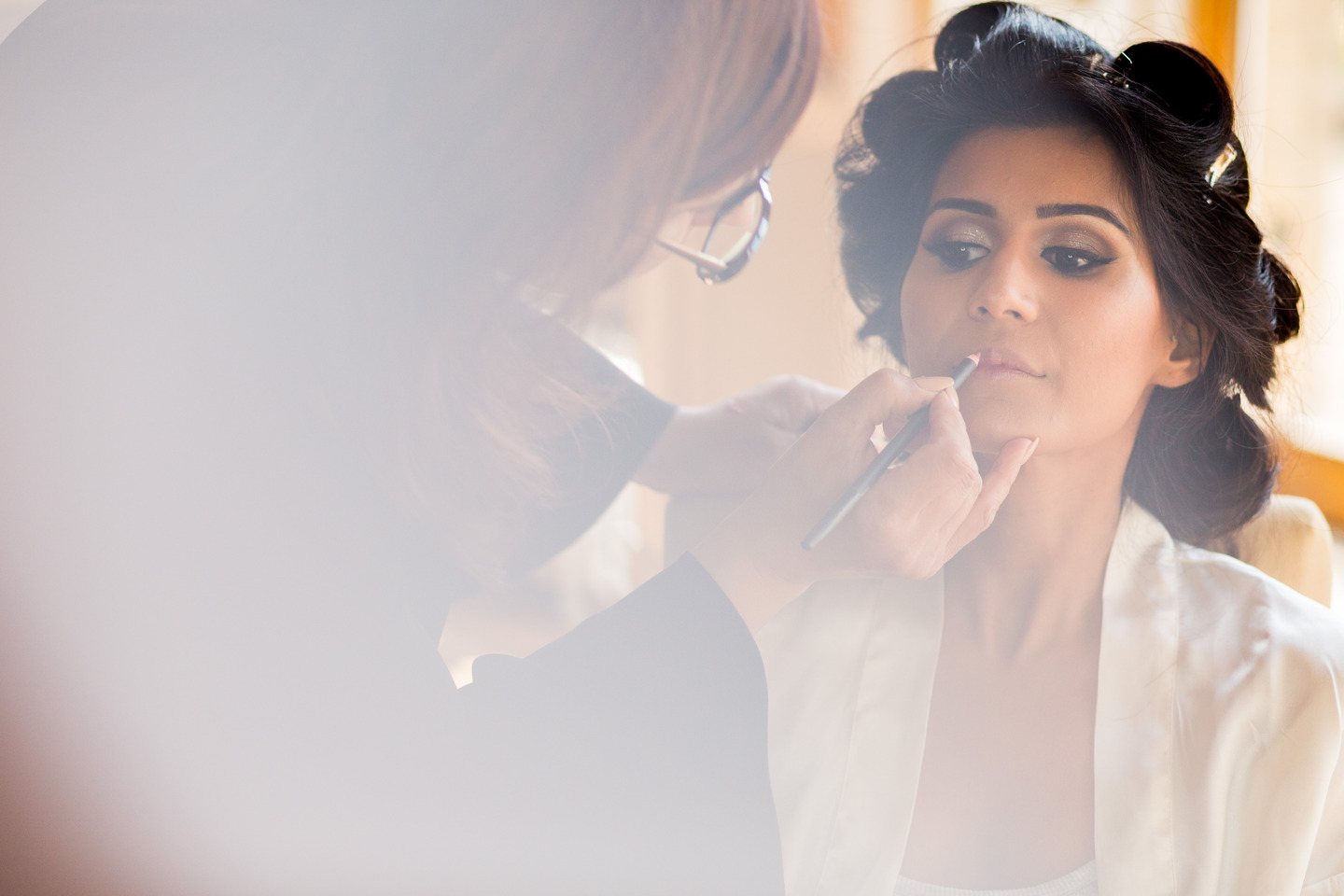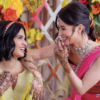There was a time when arranged marriage meant a nervous cup of chai, stiff smiles, and the quiet pressure of an entire joint family watching from behind lace curtains. Parents led the process, horoscopes were cross-checked, and the couple might speak for a grand total of 7 minutes before a decision was made. That world hasn’t entirely disappeared, but it has had a major software update. Enter Arranged Marriage 2.0, a slicker, sharper, and dare we say, more strategic approach to finding “the one.” Think of it as the lovechild of traditional matchmaking and modern dating apps, where bios come in PDFs, Zoom calls replace drawing rooms, and parental involvement is just a few WhatsApp forwards away. But it begs the question: is this just Tinder, with aunties?
Let’s be honest: dating apps haven’t exactly delivered the promised fairytale. Swiping fatigue is real. Profiles blur together, conversations fizzle out, and the whole experience can feel like an endless cycle of “Hey!” and ghosting. In contrast, the new age arranged marriage scene is all about efficiency, with families acting as very involved, very emotionally invested algorithms. There are preferences, filters, and compatibility checks, just like apps, but layered with the kind of real-life vetting that even Bumble can’t offer.
Real-life virtual romance
A prime example of how different this process looks today comes from a family member of the writer. The couple, Ritika & Vansh first met in grad school and reconnected at a mutual friend’s wedding, where they truly connected. While the girl had initially been exploring arranged marriage prospects, she realised that friendship needed to be the foundation of any relationship for her.
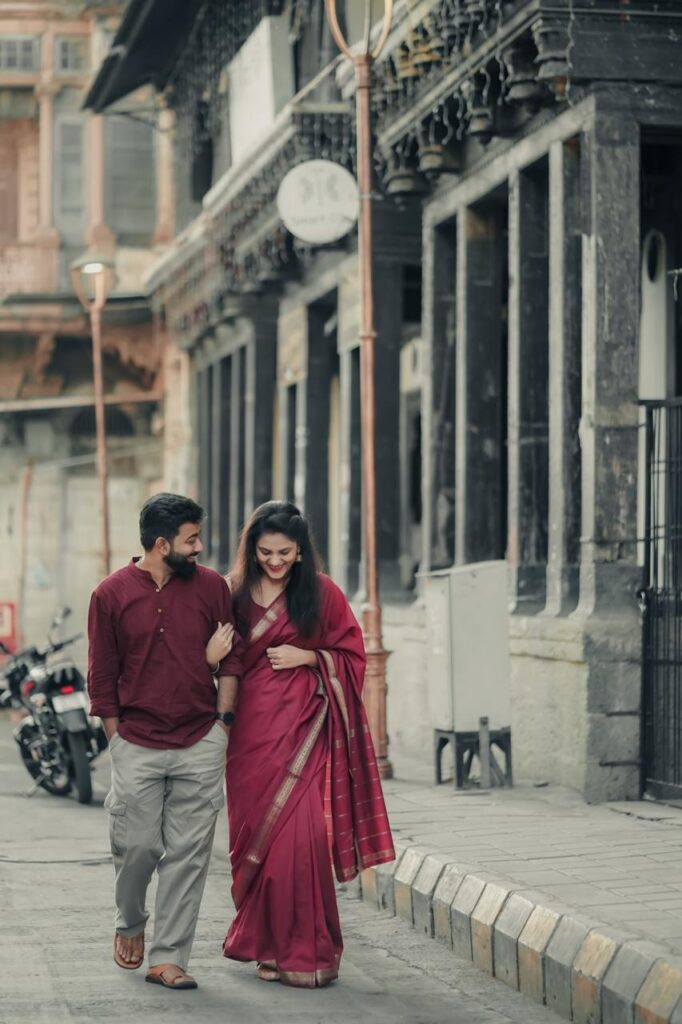

They eventually started dating and built their relationship independently through shared experiences and time spent together. Meanwhile, their parents, living in different Indian cities, had never met. In a rare modern twist, the parents met for the first time via Google Meet just weeks before the wedding, using video calls to bridge the physical distance. The couple’s first face-to-face meeting with their respective families? Only a few days before the wedding.
Unthinkable a decade ago, entirely acceptable today. Their bond wasn’t defined by grand gestures or traditional matchmaking but by their own choices and commitment, with families coming together remotely to celebrate. This modern story echoes celebrity examples like Shahid Kapoor and Mira Rajput Kapoor, whose families connected through spiritual communities to introduce two very different worlds, proving that deliberate, value-driven matches can flourish in today’s blended cultural landscape.
When Tinder tired them out
Another family member of the writer, Ankita had taken the dating app route, and then some. After a rollercoaster ride, complete with rooftop dinners, awkward silences, and even one guitar performance, she was about ready to delete the idea of romance altogether. That’s when her parents created a profile for her on Jeevansathi. Despite her initial reluctance, she agreed to meet one prospective match, Rohan. He showed up with a bouquet of roses and a bottle of her favourite wine, details he’d gathered from talking to her parents. That thoughtful gesture hit differently after the cold indifference of app-based dating. They clicked. They’ve now been married for seven years and have a daughter who, ironically, loves watching wedding reels on Instagram.
This story echoes the arranged-meets-love narrative of Madhuri Dixit and Dr Shriram Nene, where an introduction made by Madhuri’s brother blossomed into love at first sight. Their marriage combined Bollywood glamour with grounded family values, showing how arranged setups can nurture real romance, not just practical partnerships.
Parents as human algorithms
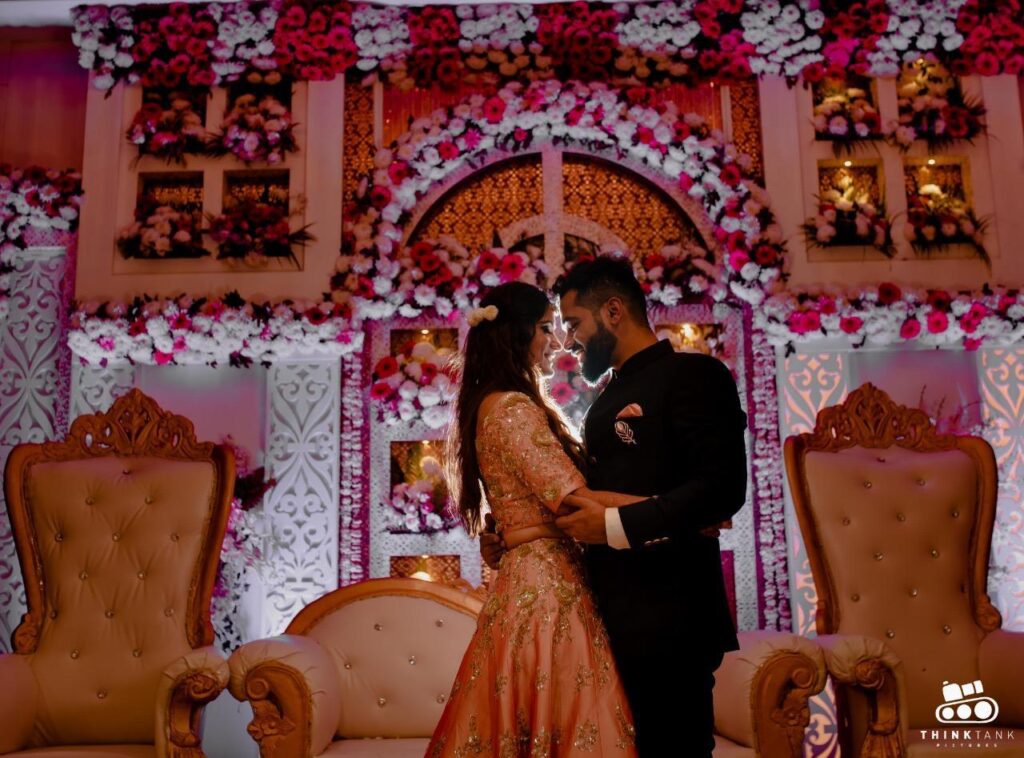

Today’s matchmaker aunties and well-meaning uncles have upgraded their game. They now come armed with spreadsheets, Zoom invites, and professional headshots of prospective brides and grooms. What used to be gossip-led matchmaking is now a semi-professional service that combines traditional filters (community, values, family background) with contemporary asks like lifestyle compatibility, shared ambitions, and even Netflix preferences. Sure, there’s still judgment about hobbies, jobs, or whether someone has a pet, but it’s wrapped in well-meaning enthusiasm. They don’t swipe left; they just don’t call back. While this system may seem a little intense, it often beats endlessly texting someone who can’t differentiate between ‘you’re’ and ‘your’ correctly.
What makes Arranged Marriage 2.0 work for many millennials and Gen Z-ers is its clarity. There are expectations, sure, but also options. The process is no longer one where families push decisions. Instead, they offer curated choices. The individuals involved lead the conversation, and the families follow up (sometimes aggressively, but lovingly so). No one’s saying yes after a single meeting anymore. There are multiple calls, solo meet-ups, and long, layered conversations about everything from career growth to cohabitating in another country. It’s less of a whirlwind and more of a well-paced stroll toward commitment.
A balance between swipe culture & sanskaar
One major shift is how initial meetings happen. Forget large living rooms filled with judgmental aunties and trays of samosas. Today, the first meeting is likely to be a Zoom call, sometimes even without the families present. If that goes well, a coffee date or low-key lunch might follow. Some even prefer to travel to neutral cities to meet halfway, ensuring privacy and space to decide for themselves. The change? It’s all more intentional. Not performative, not overly dramatic—just focused on making an informed choice.
The truth is, arranged marriage today isn’t a desperate Plan B. It’s a well-considered option for those who are tired of dating burnout and want something grounded in intention. The modern arranged setup blends the best of both worlds: the structure of tradition and the agency of modern romance. It allows families to participate without overpowering. It gives individuals space to choose without being left to scroll endlessly. It’s the curated playlist to Tinder’s chaotic shuffle mode.
So… is it really just Tinder with aunties? In spirit, maybe. In execution? Not quite. Yes, there are profiles. Yes, there’s chemistry to consider. Yes, people are still trying to find “the one.” But the difference lies in the method. There’s more thought, more planning, and often more results. It’s not about swiping on a face. It’s about matching on the future. What Tinder offers in freedom, Arranged 2.0 offers in focus. What dating apps provide in spontaneity, families bring in stability. And somewhere between the bouquet of roses and the biodata spreadsheet, people are finding real, enduring partnerships.
Love isn’t defined by how it starts. Whether through a text, a swipe, a family introduction, or a Zoom call, what matters is what you build from it. Arranged Marriage 2.0 isn’t the same system older generations knew. It’s a reimagined, recalibrated version designed for people who want love, with a little help from those who’ve been around longer. So no, it’s not just Tinder with aunties. It’s better. Because this time, the bios come with a bouquet, and the exit strategy includes a wedding hashtag.



